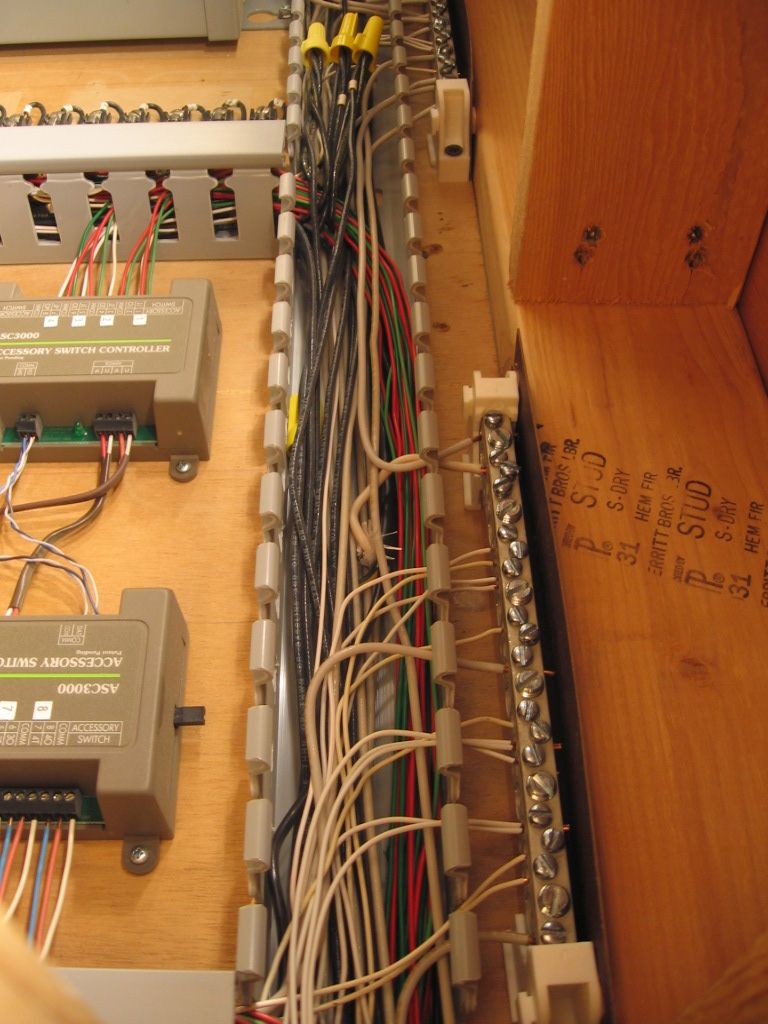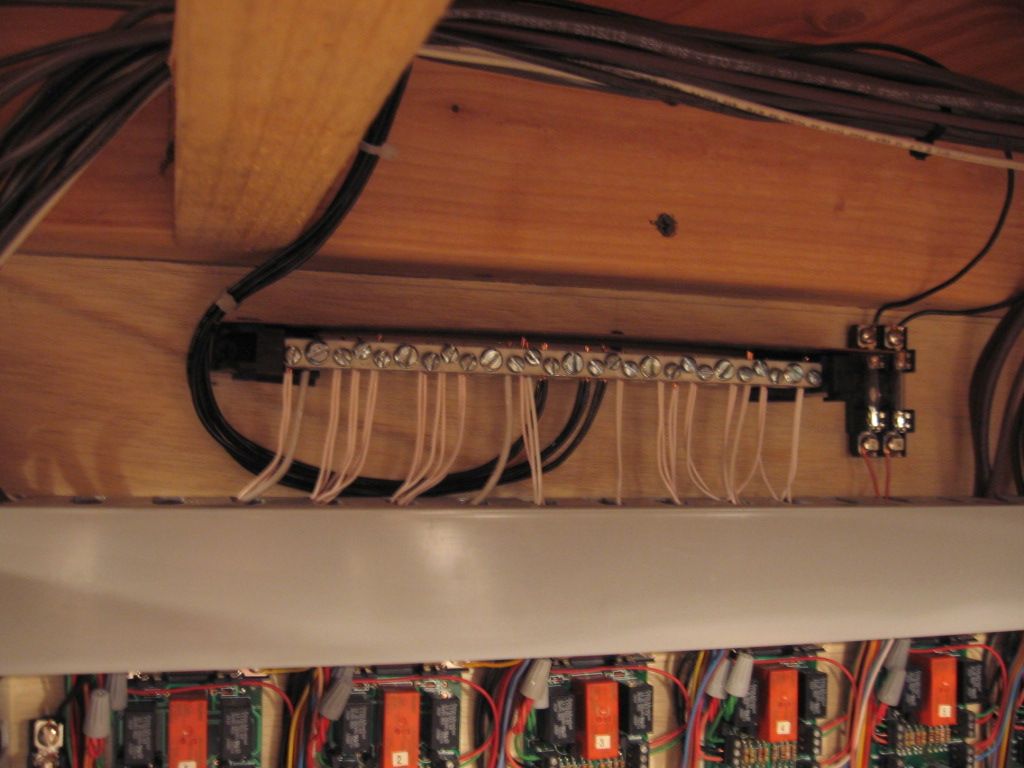Barry, "let's not confuse the issue" indeed.
In A-C wiring, (120, 240, etc) there are HOT, NEUTRAL and GROUND. No licensed electrician talking about plain old juice from the pole will use the word "RETURN."
In radio, telephone, and other electronic circuitry, there is a SAFETY GROUND and a SIGNAL GROUND, but the cross-over of that industry into the toy train industry has caused us to be having this conversation.
In toy trains that use A.C., there are HOT and RETURN, unless you are following some manufacturers' nomenclature which use the words COMMON and/or GROUND ambiguously to refer to the return path for digital control signals. All the RETURNS can be COMMONed, to add further paragraphs of discussion.
A lot of this can, and does, confuse people who do not have an electrical or electronic background, and just want their trains to run around the loop. Trying to get everyone schooled on the nuances and then using the words consistently can be your special project, but you will die a frustrated man, I'm afraid. And I feel your pain. As a telecommunications engineer, there is scar tissue in my brain from every instance where I have tried to get people not to say "RJ45" when they mean "ethernet jack" and not to say "handset" when they mean "the phone on my desk."
Carry on, my friend...




